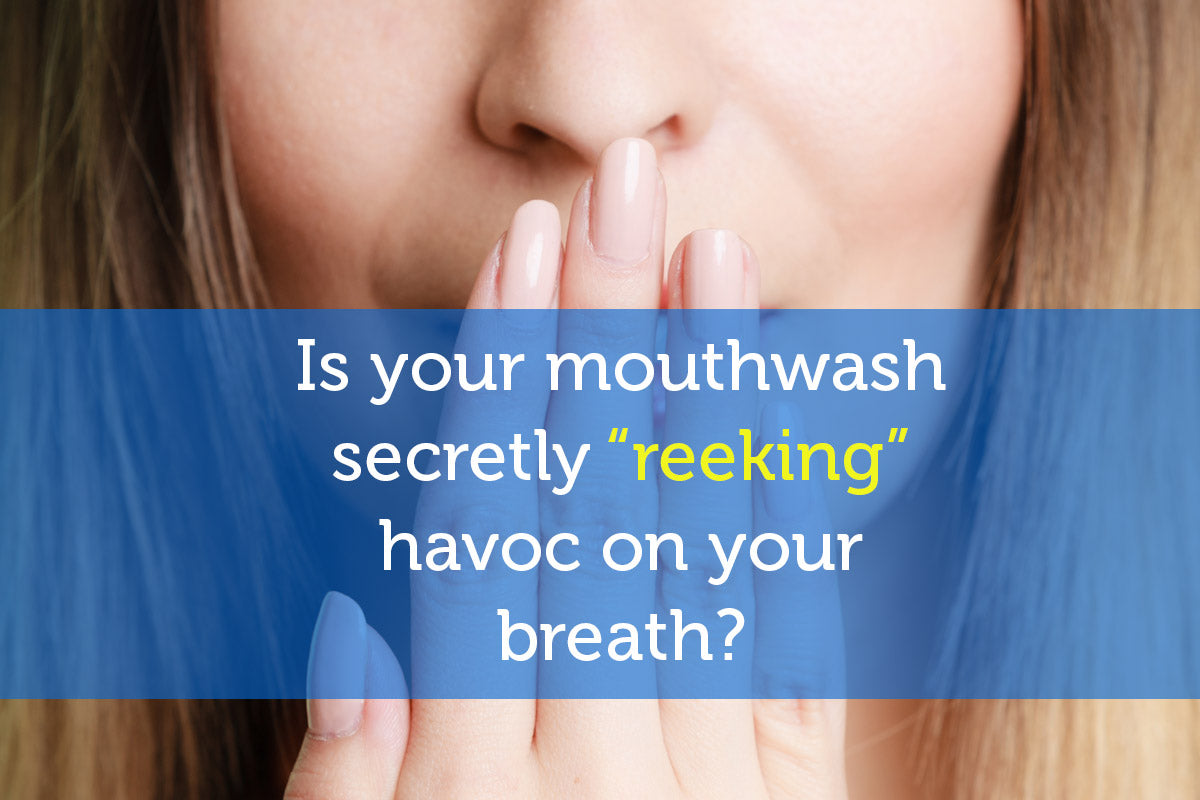Confused about how to choose the right toothbrush? No wonder! There’s a dizzying array of toothbrush options at the store, with every size, color and type of bristle under the sun. Throw electric toothbrush options into the mix and you can really feel lost in the dental aisle. So … which toothbrush is right for you? Well, it depends on your unique dental needs.
If you have sensitive teeth …
According to a survey by the Academy of General Dentistry, one in three dentists report that brushing the teeth with too much force is the #1 cause of tooth sensitivity.
Many people think all that elbow grease using a hard or medium-bristled toothbrush gets the teeth cleaner, but in reality, it does more harm than good. Hard and medium-bristled toothbrushes alone can cause bleeding or receding gums and wear down the enamel to expose the dentin (that’s what causes sensitivity).
Rule of thumb when it comes to a soft vs. medium or hard toothbrush: soft is always best … and soft bristles are just as effective as cleaning the teeth.
>>> Sensitive Teeth? Stop the “Ouch” with Oxyfresh Pro Formula Cosmetic Toothpaste.
If you wear braces …
A soft-bristle electric toothbrush is a great option if you wear braces. According to a study of 21 patients with orthodontic appliances, those who used an electric toothbrush had significant improvement in plaque reduction versus those who used a manual toothbrush.
If you grind your teeth at night …
Teeth grinding and clenching (bruxism) affects 1 in 3 people. The grinding process is like putting over 1,000 pounds of pressure on the teeth and jaw. Because ongoing teeth grinding can wear the teeth down to nubs, wear away the enamel, and cause extreme tooth sensitivity, those with bruxism will want to use an extra soft-bristled toothbrush.
If you have arthritis or limited mobility…
Seniors and others with limited mobility or arthritis often have a hard time getting to all their teeth with a manual toothbrush, making an electric toothbrush a better option. Electric toothbrushes with bristles that rotate in one direction, then switch and move in the opposite direction (rotating-oscillating) are more effective at cleaning the teeth versus manual brushes or electric toothbrushes that spin in only a single direction.
3 Tooth Brushing Tips
1. Replace your toothbrush every 3 months or whenever it starts to show wear and tear. When the bristles of your toothbrush poke out every which way, it can damage your gum tissue and cause bleeding, and clean the teeth less effectively.
2. Get comfy. If the head of your toothbrush is too large, you won’t be able to properly clean your teeth. Just like Goldilocks, you want a toothbrush that’s “just right.” This often takes some trial and error to find a brand you love.
3. Pair with a low abrasion toothpaste. Choosing a soft or extra soft bristle toothbrush is only half the battle when it comes to protecting your enamel and dental work. A low abrasion toothpaste is also a must to avoid eroding the enamel and causing sensitivity. Oxyfresh Pro Formula Cosmetic Toothpaste is one of the market’s lowest-abrasion toothpastes with a Relative Dentin Abrasivity (RDA) rating of only 45.
Here’s the bottom line when it comes to choosing a toothbrush: start with a soft or extra soft-bristled brush to protect your enamel and gums (here’s one we love), and then find a size and shape that’s comfortable for your mouth and allows you to reach all your teeth. Happy brushing!



